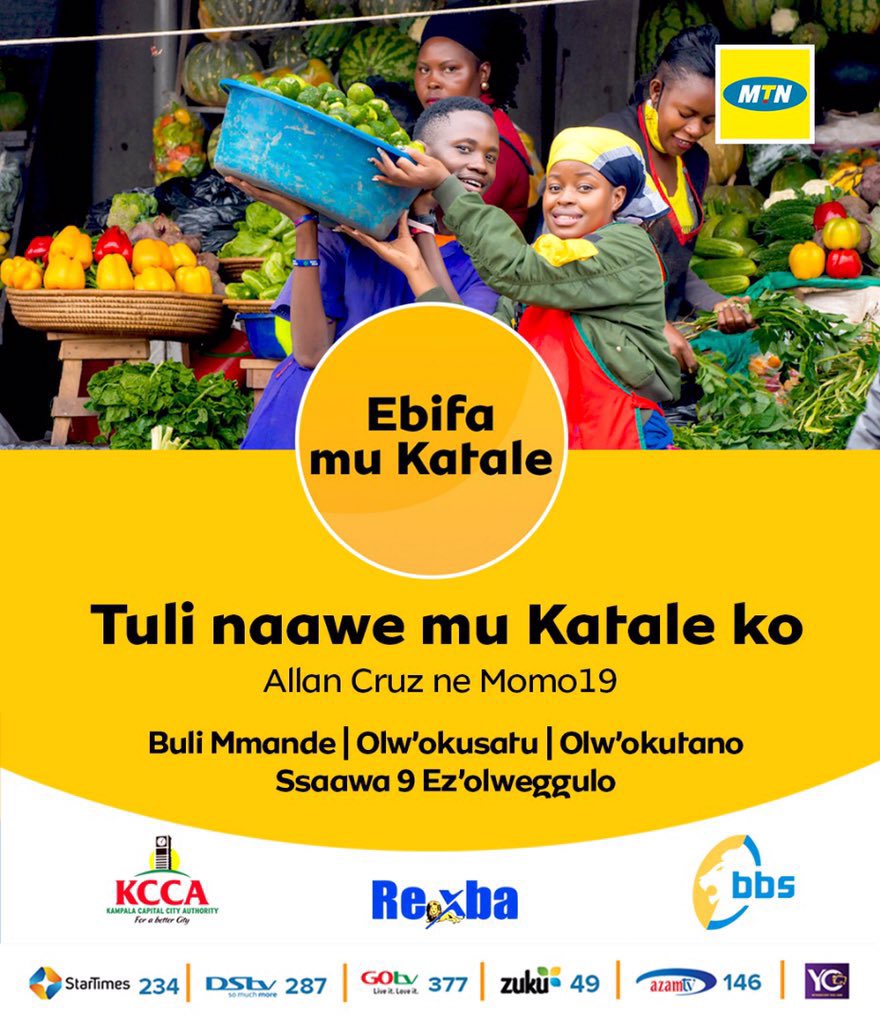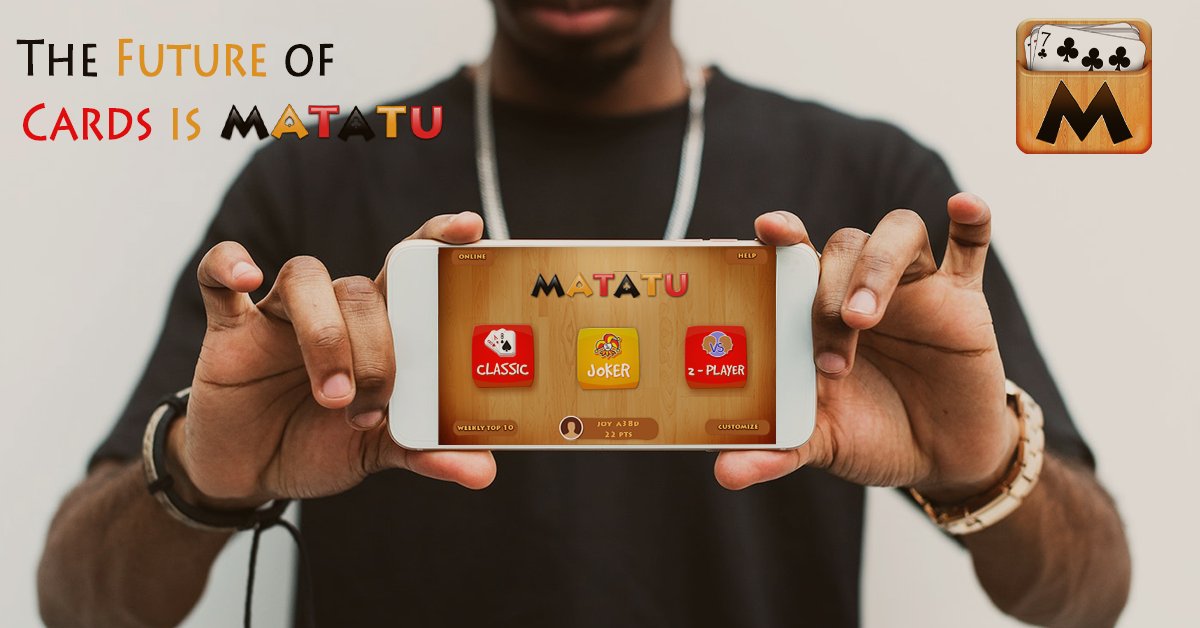It has become a common and very interesting trend that telecom companies and other corporations partner with international services providers to make some of these cool and amazing services also available to the African market as well. Kwese partnered with MTN Uganda to launch iflix, a new video streaming app last year; an application that works like a mini Netflix; with the best international, regional and local content programs curated especially for African audiences, to stream or download.
With thousands of programs available, Kwesé iflix’s vast library includes international first-run exclusive shows, award-winning TV series and blockbuster movies such as ICE, The Royals, Family Time, Love and Hip Hop, Chasing Life, as well as popular local and regional content – Telenovelas such as El Fantasma De Elena, Passion and Power and La Vuida Negra – children’s programs and lifestyle content. The service also offers Ugandans quality content they can watch for free, including short-form drama series, first episodes of TV shows, and local free-to-air TV stations, such as NTV Uganda and Bukedde TV. As of the start of the year 2018, Kenya did also join hands with Safaricom to launch “Songa” a now popular Kenyan mobile streaming service.
As of the start of the year 2018, Kenya did also join hands with Safaricom to launch “Songa” a now popular Kenyan mobile streaming service.
In the same spirit, close to the end of 2018, Mtn Uganda partnered with Tidal (one of the leading music streaming services in the world) and brought the steaming service available in the +256 code- Uganda. Being home to over 57million songs, it did mean that subscribers would be able to enjoy access to lossless audio and high definition music videos plus exclusive content and special features of music like curated playlists. All one had to do is enable a data connection, download the mobile application from the app store or the google play store, subscribe for a free monthly trial and later part with a few shillings to access the service.
Founded in April 2006, Spotify is a global high end on demand media streaming service available in over 19 countries. The Sweden based company’s primary business is to provide a streaming platform for record labels, independent artists, and audio content creators such as podcasters to mention but a few; serving a close audience of up to over 230Million users. Spotify further allows users to browse through the various parameters in terms of preferences of what they want to listen to, what genres of music, create, edit and share personal playlists. It is on global record that Spotify is accessible to mainly European, Asian, New Zealand and a few parts of Africa (such as Algeria, South Africa, Morocco, Egypt, and Tunisia) with exception of Uganda and a few others.
Looking at the track history of corporate telecom companies working hand in hand with these big organizations to expand their reach by launching here as well as it would be a good and major move to give a boost to not only the founders of Spotify, but also the creatives and the users in these other locations too.
What it would mean to Creatives:
A creative could be simply described as someone who comes up with an idea, visualizes it and works upon it. In this our case it could be a rapper, singer, or even a podcast enthusiast.
With the growing number of independent artists (unsigned acts/ musicians who are not affiliated to any music recording label), it shall provide a space for them to upload their work, reach a wider audience and also expand on their listenership reach since Spotify is a worldwide bomber of a streaming service.
Spotify also has a metric of whereby they pay a 70% of the revenue earned person or band per stream (between 0.006 USD- 0.0084 USD); meaning the more one’s music/content is listened to, they receive payment for it. Explains why as of October 2019, most of your favorite songs you hear on the radio /hit songs are under 2 minutes and a few seconds long; know why? Because if you like a song, you are most likely to listen to it over and over again, and of course this means more cash to the content owner. Say Post Malone and Swae Lee’s “Sun Flower” from the Spider Man Into the Spider-Verse soundtrack album was streamed 450Million times, that would mean that; 0.006 USD x 450,000,000 =?
You can do the maths. So just know each time you stream a song on Spotify, you are adding to your favorite artist’s bank.
Also, through their “Spotify for artists” website, Spotify allows an artist to login, customize their Spotify artist page, write a bio, update their artist image by uploading a header image, track their streams in terms of how many people are listening to their music, where they are based in terms of location, age group and gender of listeners.
That way an artist and their team is able to know where to adjust, and for the case also to know which areas to pump a marketing strategy so as to penetrate those other indigenous markets of listeners.
What is in it for Spotify as a Company?
The clientele in terms of growing number of subscribers would soar greatly since adding Uganda to one of their countries they are available in will make it 20 countries where it can be accessed and reach. With a population that’s largely composed of 70% young people, who love their music and love to exercise the rights to having a variety of choices to pick from, Spotify would be a good pick for them since they can enjoy from the various music genres available, moods set from the different playlists or even create their own and share them with friends.

Not to mention the fact that the number of internet users has grown so rapidly due to the affordability of mobile internet/ data meaning people can listen to music on the go; say as they read, jog or do homework.
With the limitedness of the Spotify free service such as advertisements in there, having a hard time skipping in between songs, most users would be compelled to upgrade to premium which is a paid for service; meaning Spotify would be able to garner lots of revenue from it.
It also shall give Spotify a stronger competitive muscle ahead of its two other competitors; the likes of Tidal, Deezer, Google Play Music and Apple Music which are also in the music streaming business and are already operating in Uganda.
What it means to the Ugandan audiences:
This first of all means that we shall get to listen to high fidelity and the best of the audio quality a song/ album/ EP is to offer; since Spotify does not allow upload of mediocre audio content/ files that are of poor quality. Besides that, songs come with their various recommendations in terms of related artists- the service suggests who or what you should listen to basing on what you listen to occasionally. For example, if you listen to a lot of Jose Chameleon music on Spotify, as you stream on, your next suggestions are likely to be Bebe Cool, Bobi Wine, Eddy Kenzo and the likes; because they almost do related music.
Being that it operates in “Dark Mode’ it is highly favorable for those with eye defects and those who do not like dealing with very bright colors, looks way cooler and unique as it also comes in other forms of designs but with the black/ dark being the default.
There’s a “discover” page in Spotify where a user can checkout new and emerging artists and of course as a musically enthusiastic generation, what better way than to listen to new cool and untapped talent first. Only Spotify offers this by the way.
Also, important to note is that there is a web version, a mobile application for download of Spotify that is very user friendly.
And just like I wrote at the start, it would be a smart move for one of the many competing telecom or technologies companies in Uganda to negotiate a deal with this firm so they get this one as when it arrives demand is anticipated to be most in the future. Kudos to Mtn Uganda for always setting the pace, hope the rest can pick a leaf.
Thank you for your time. Any comment will be highly appreciated. Talk to you in the next.













